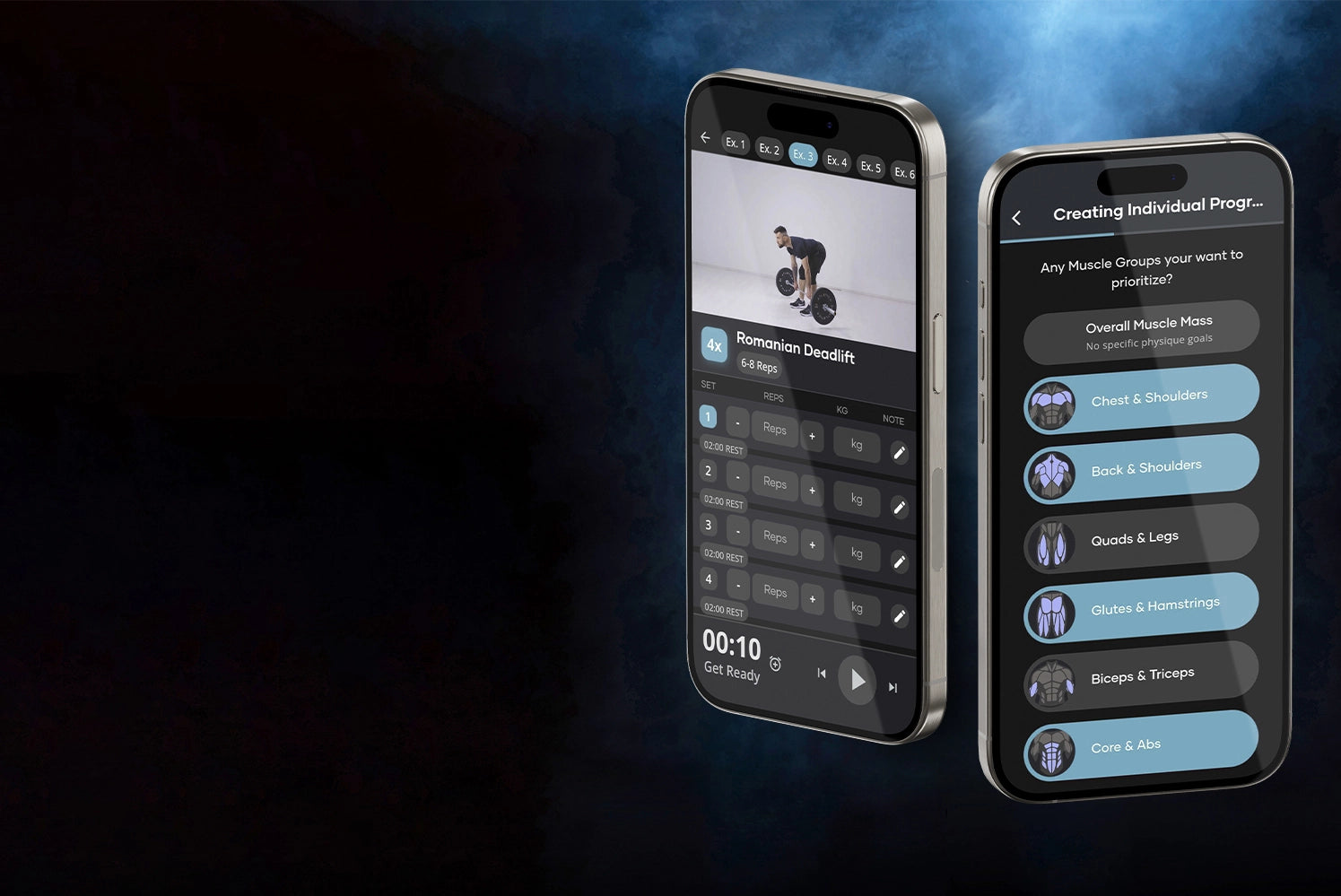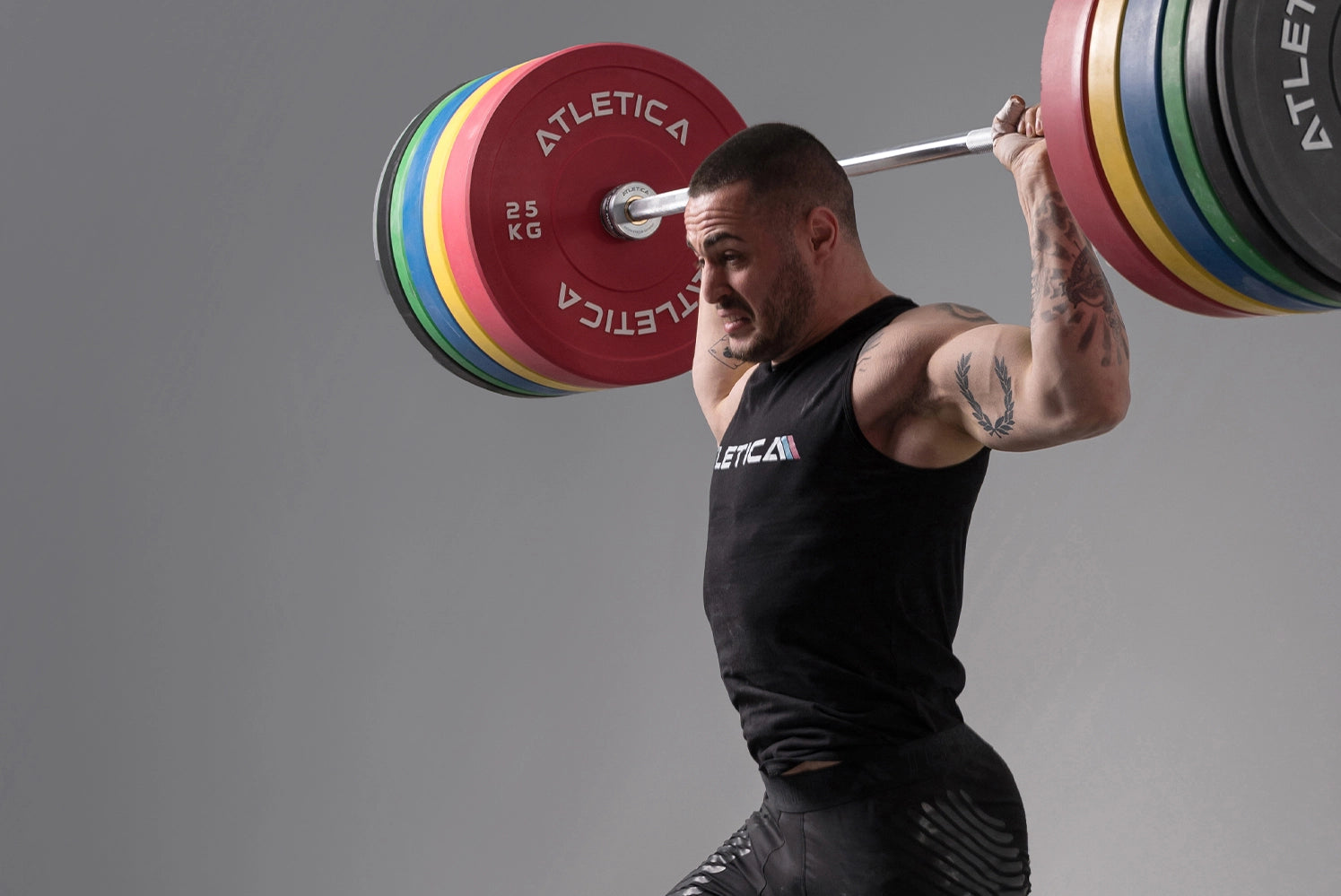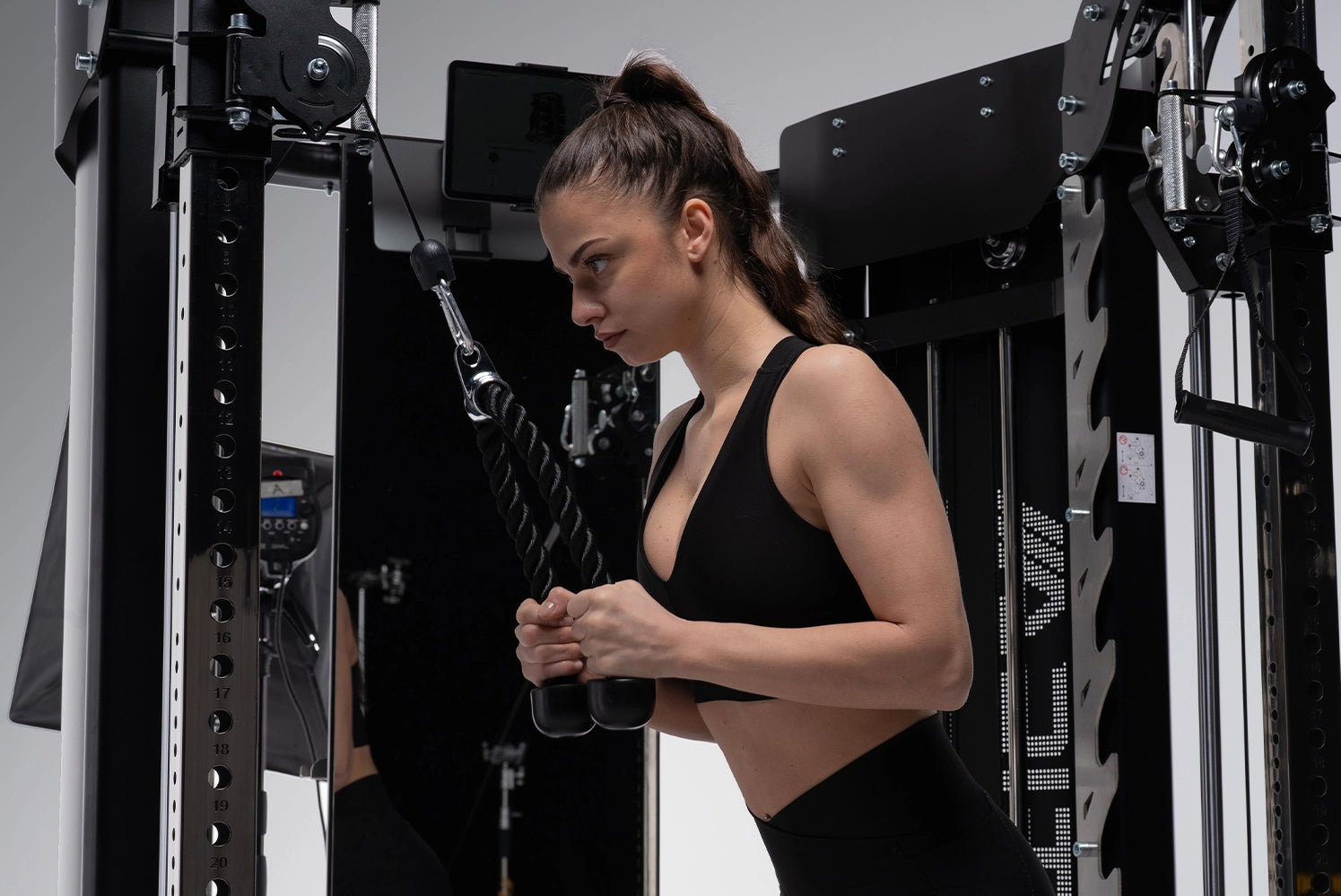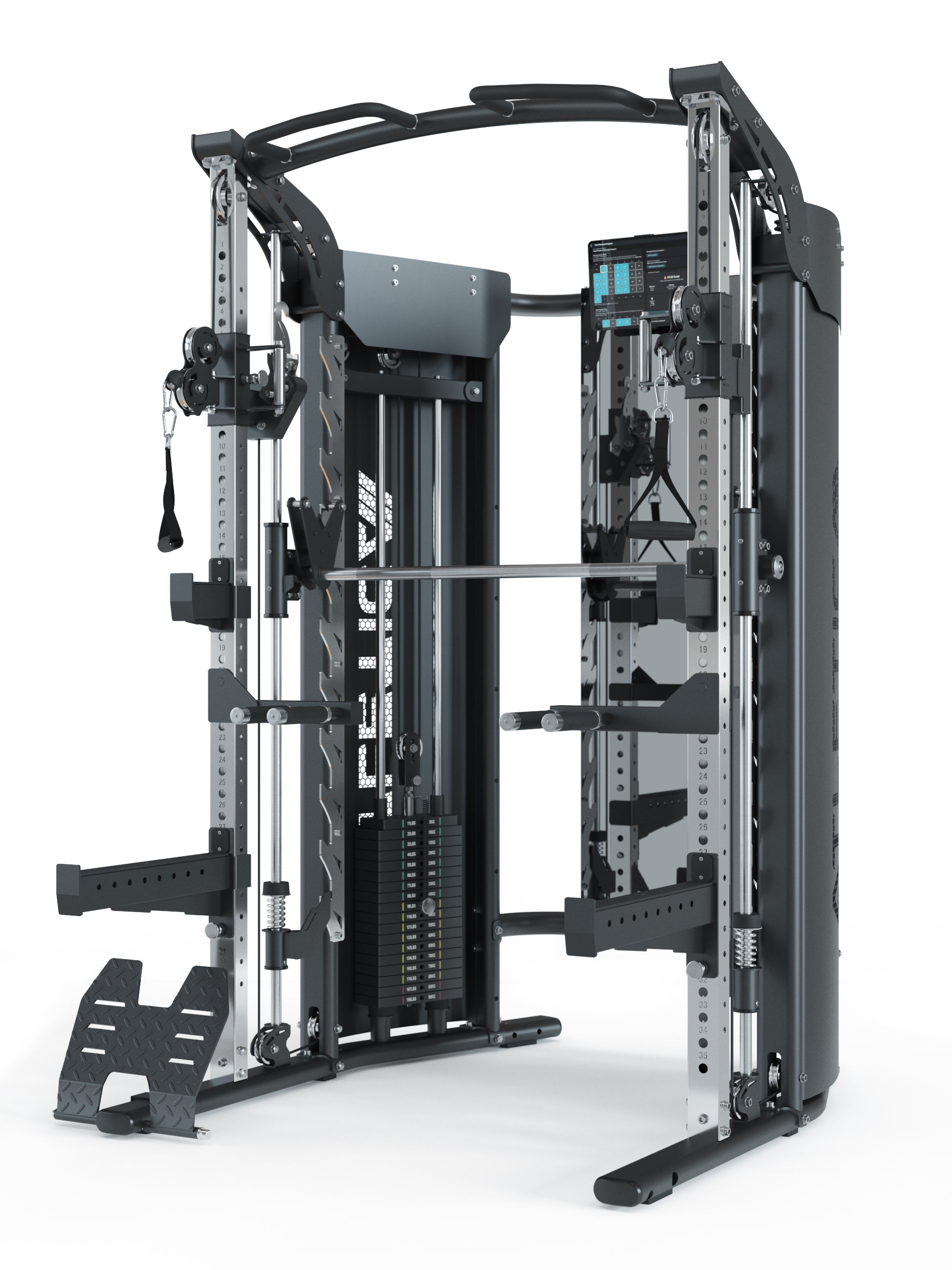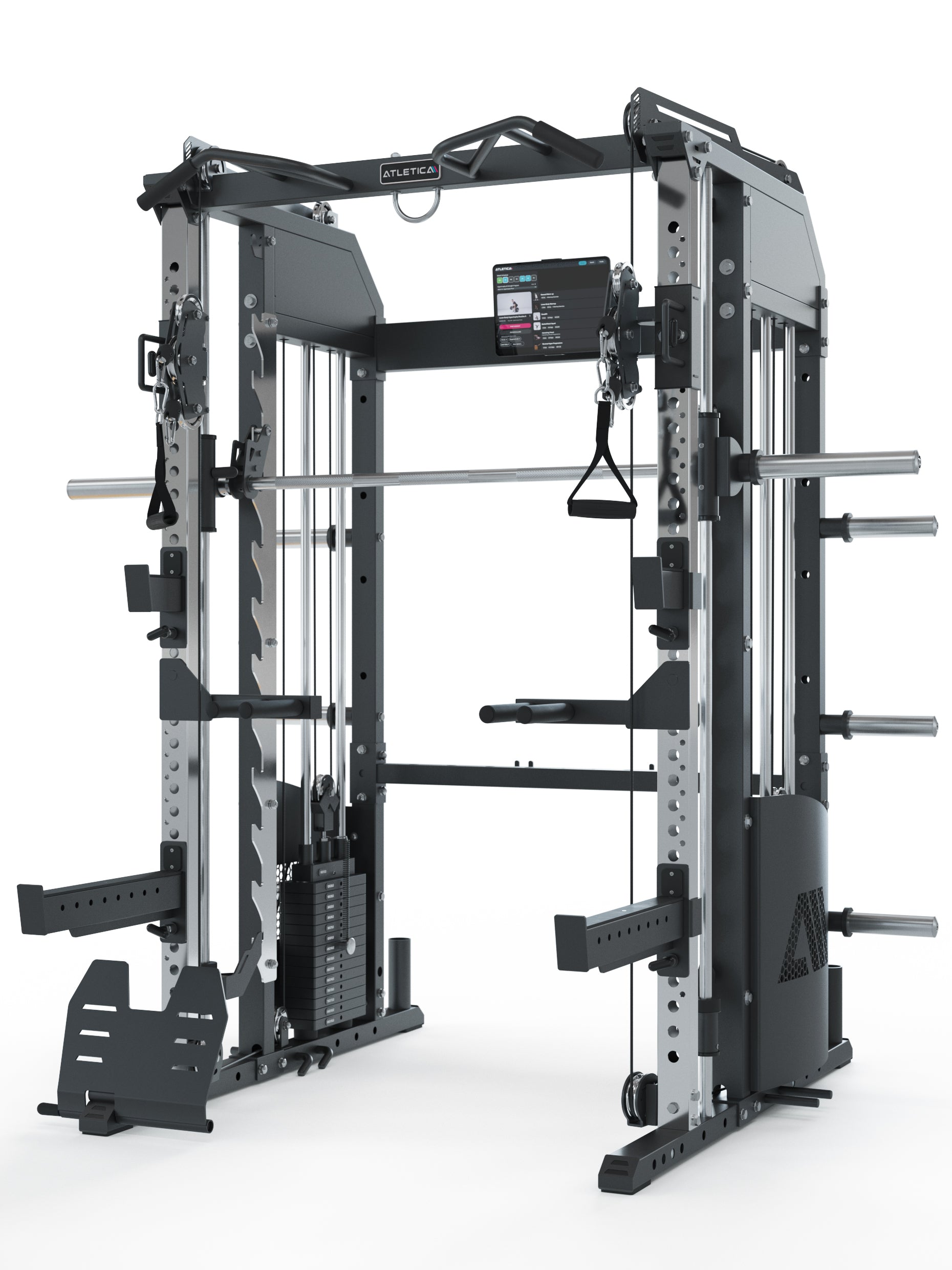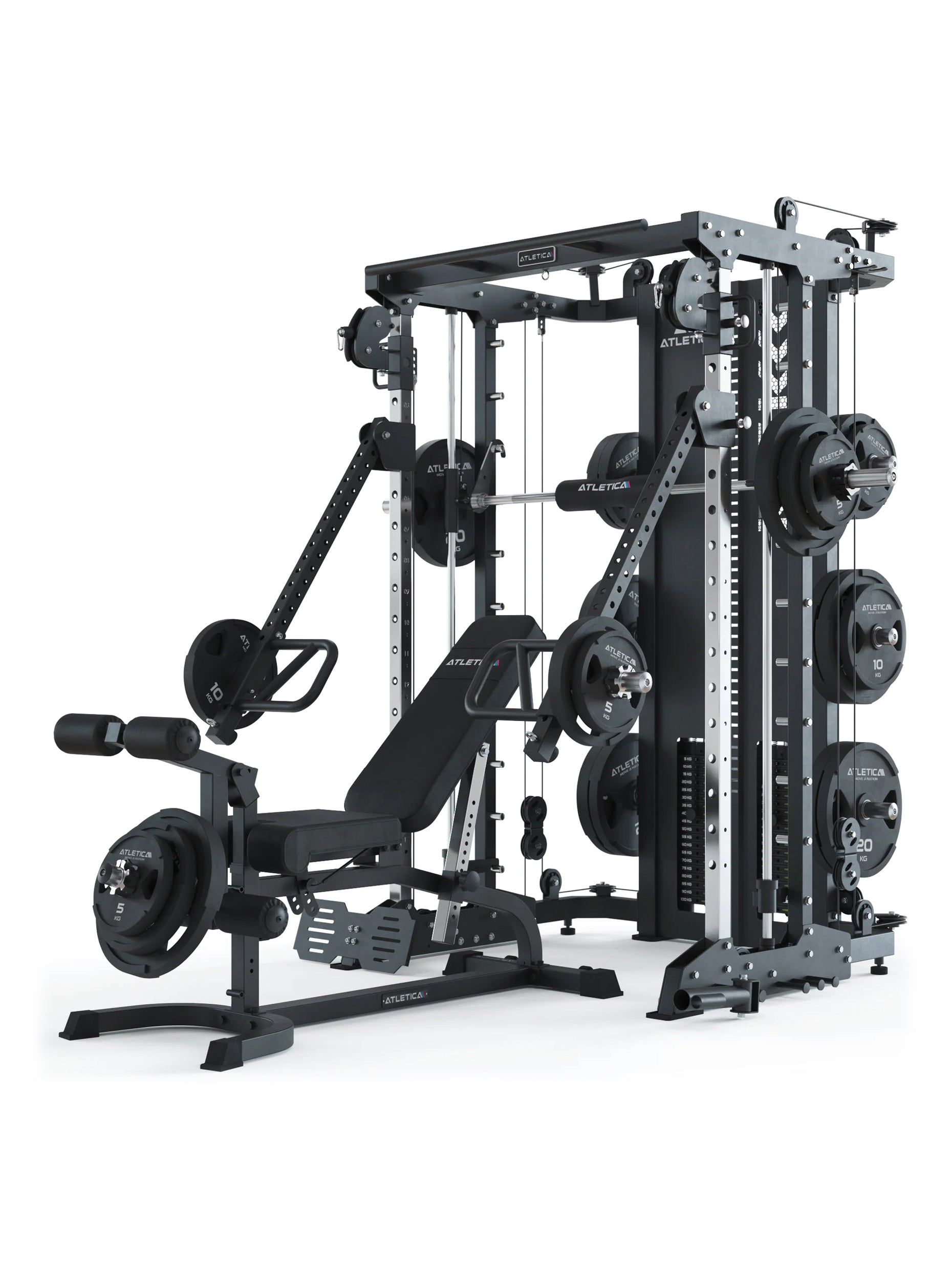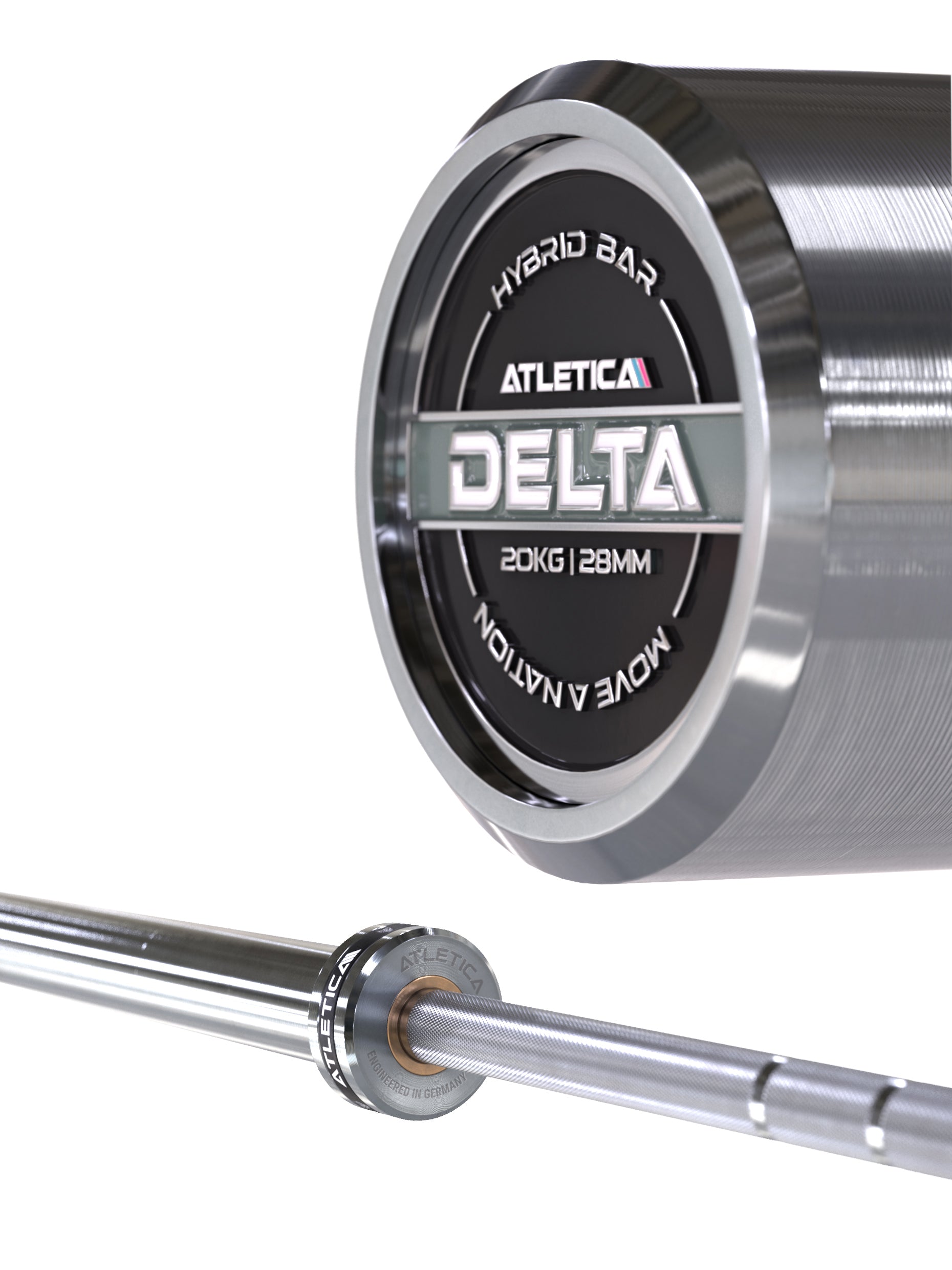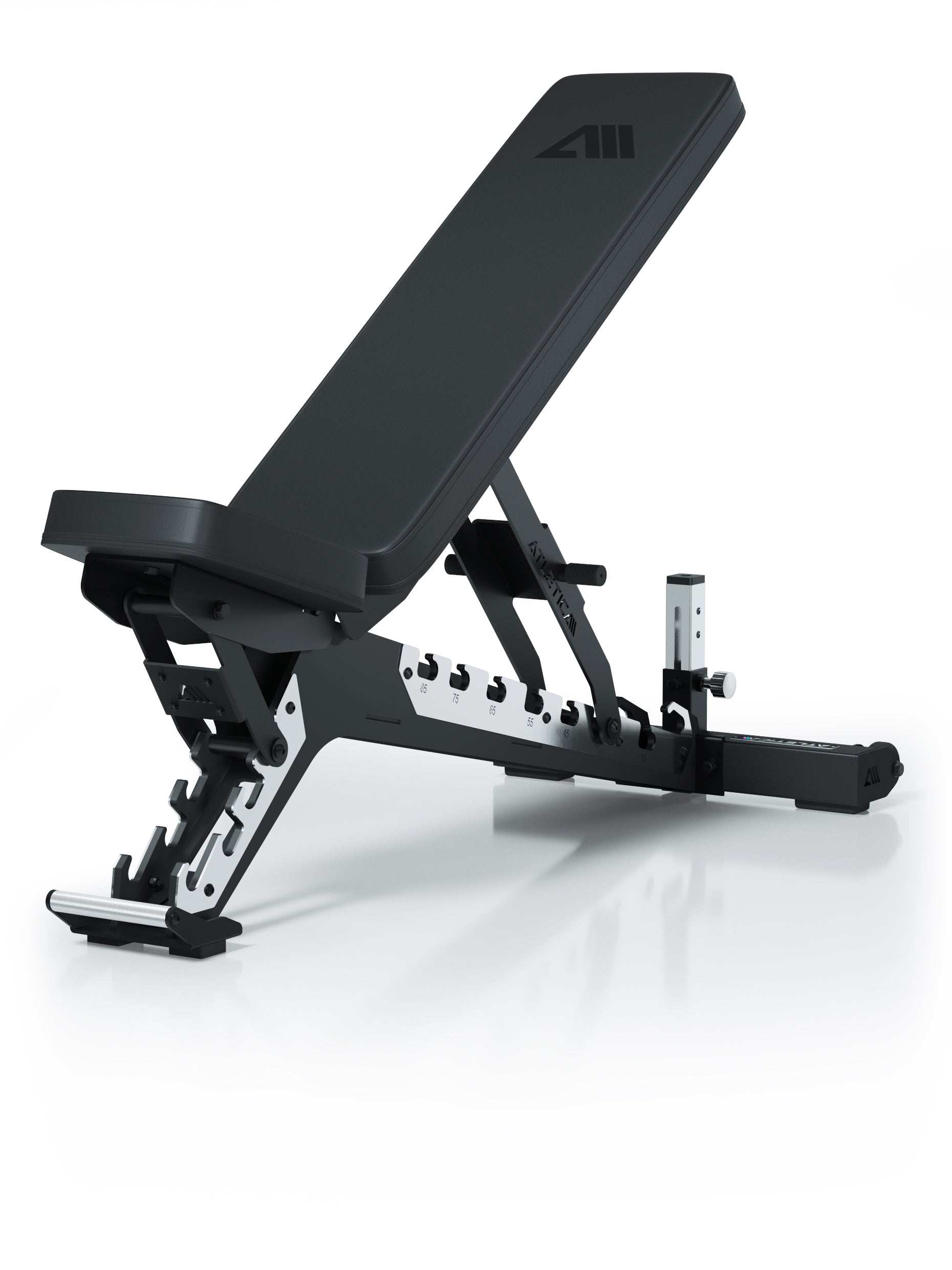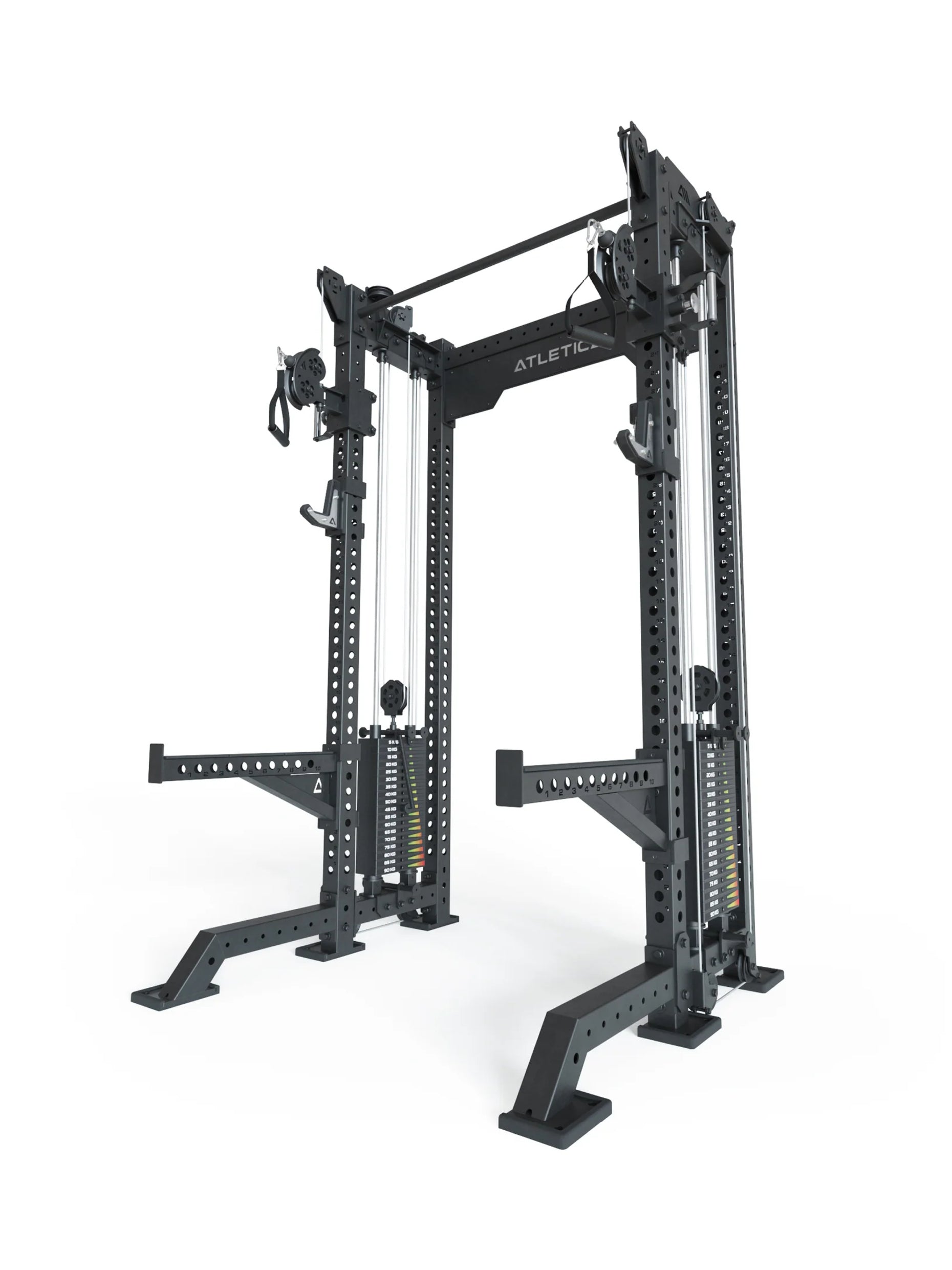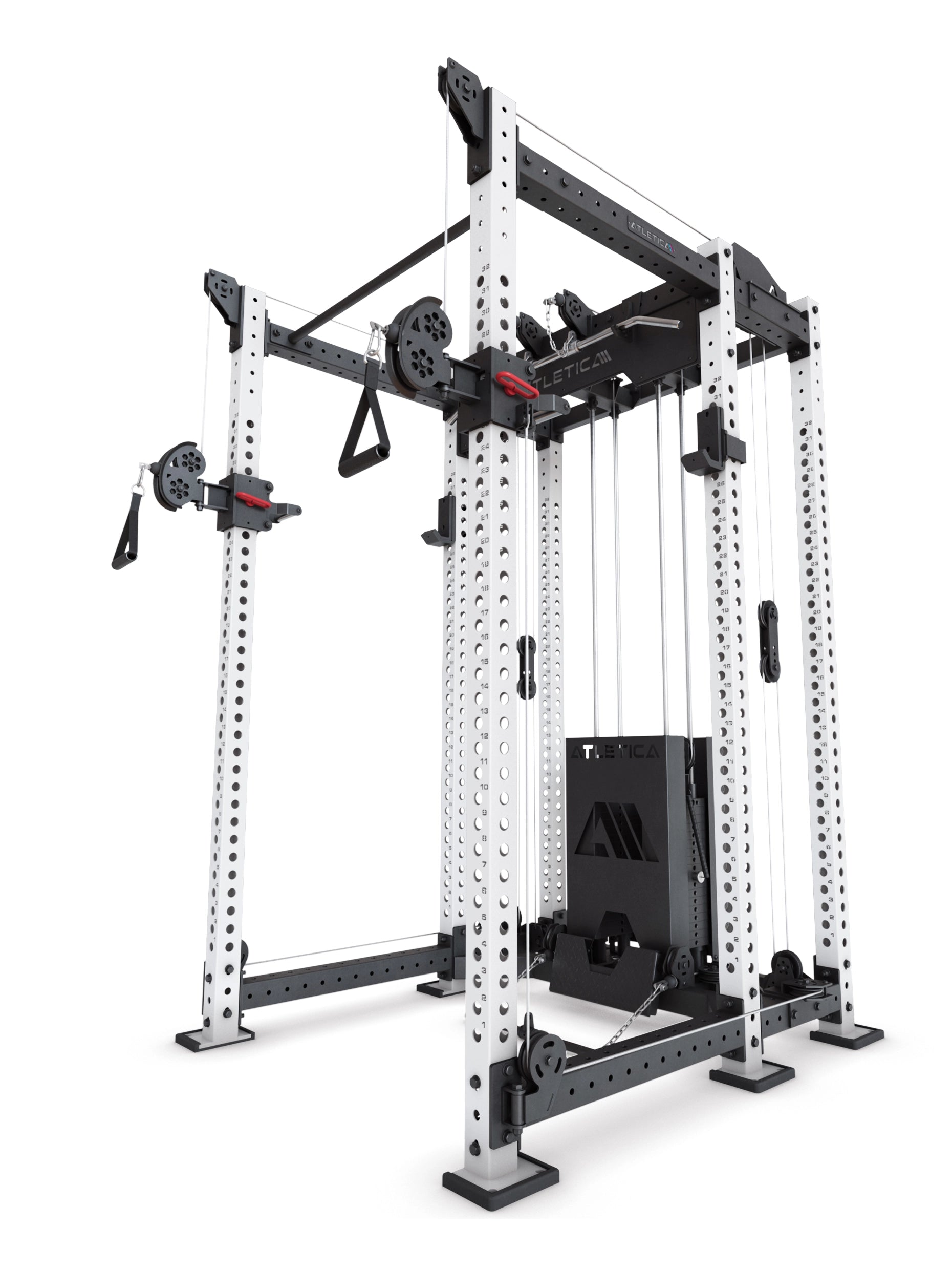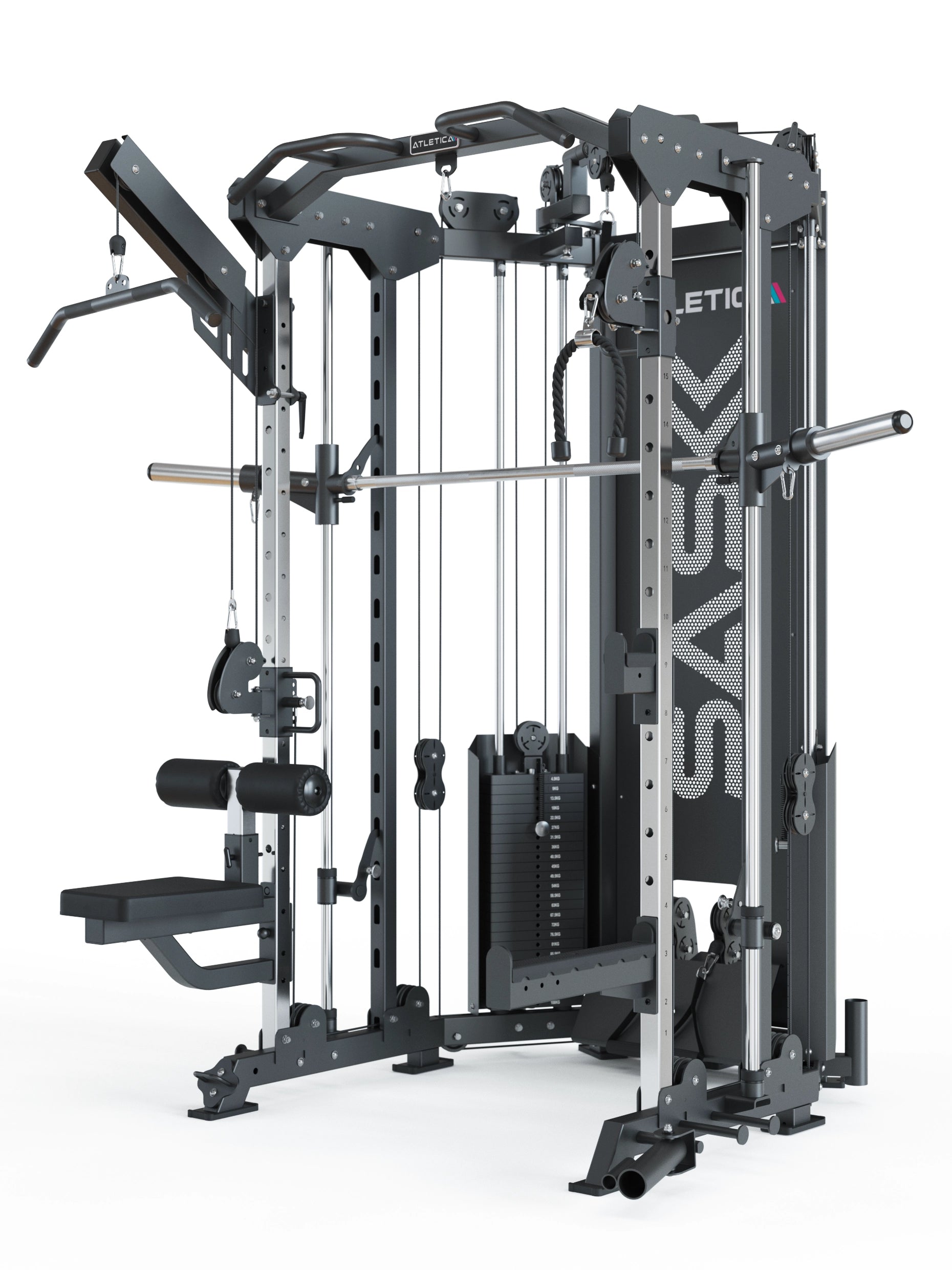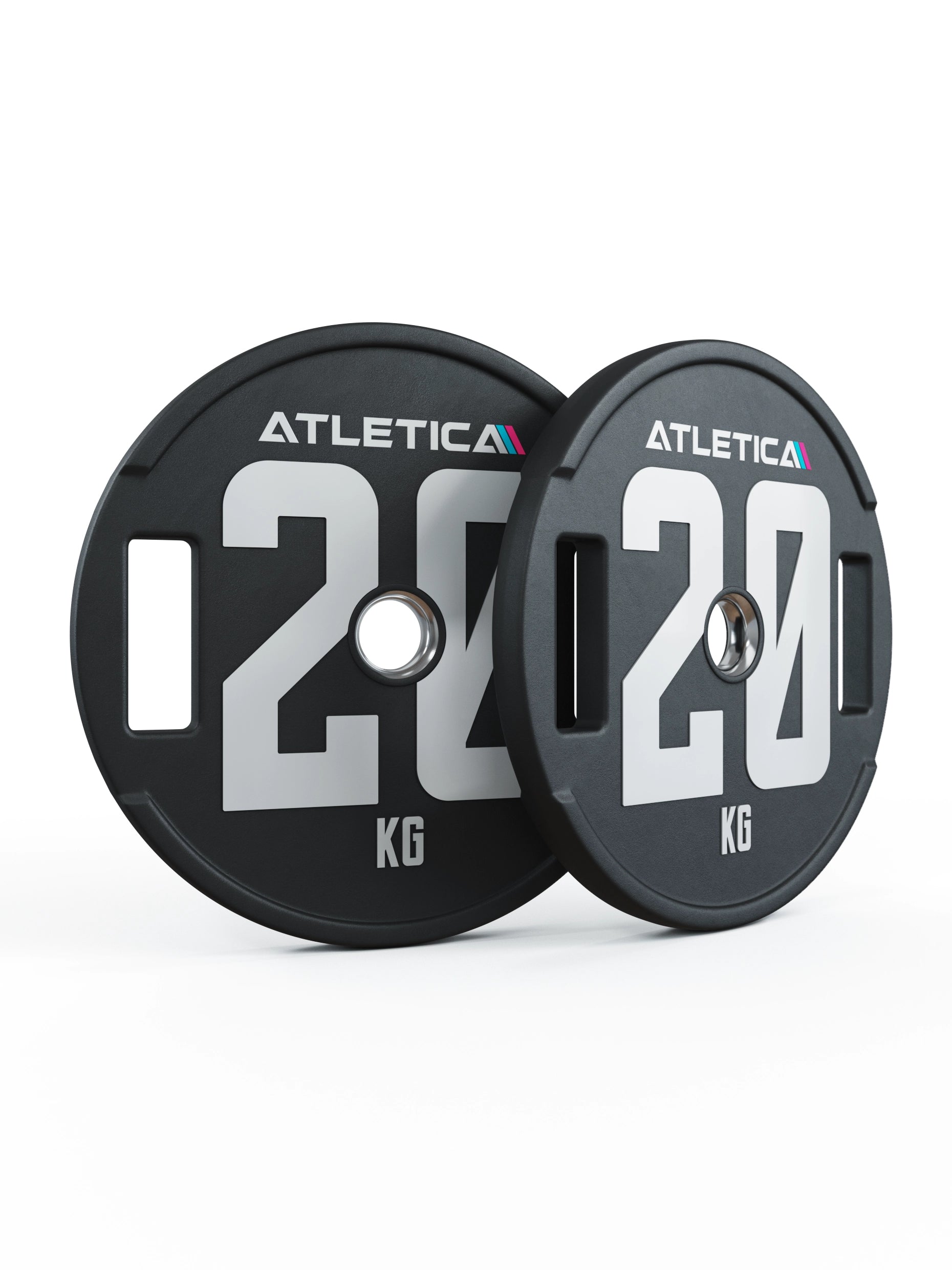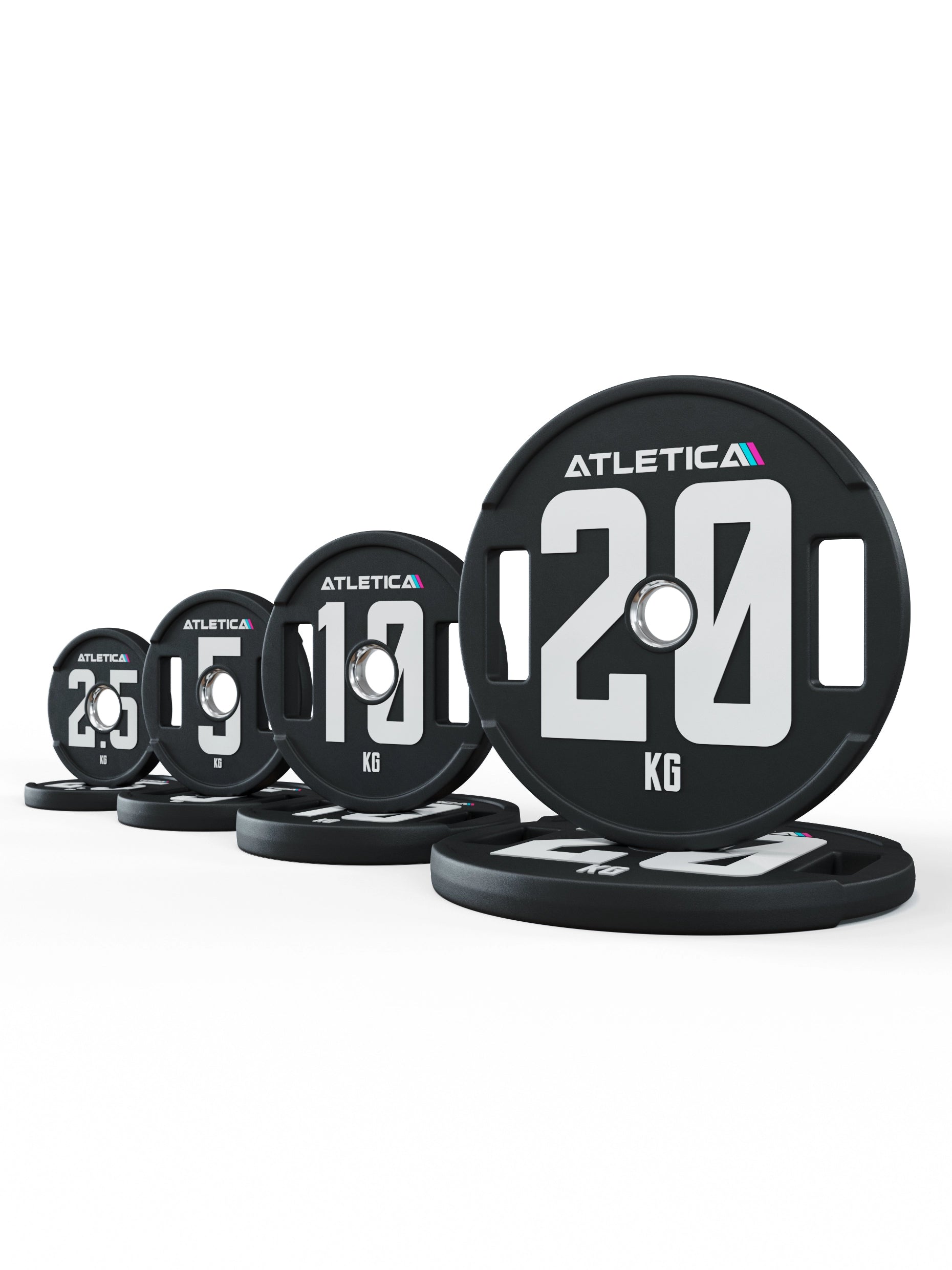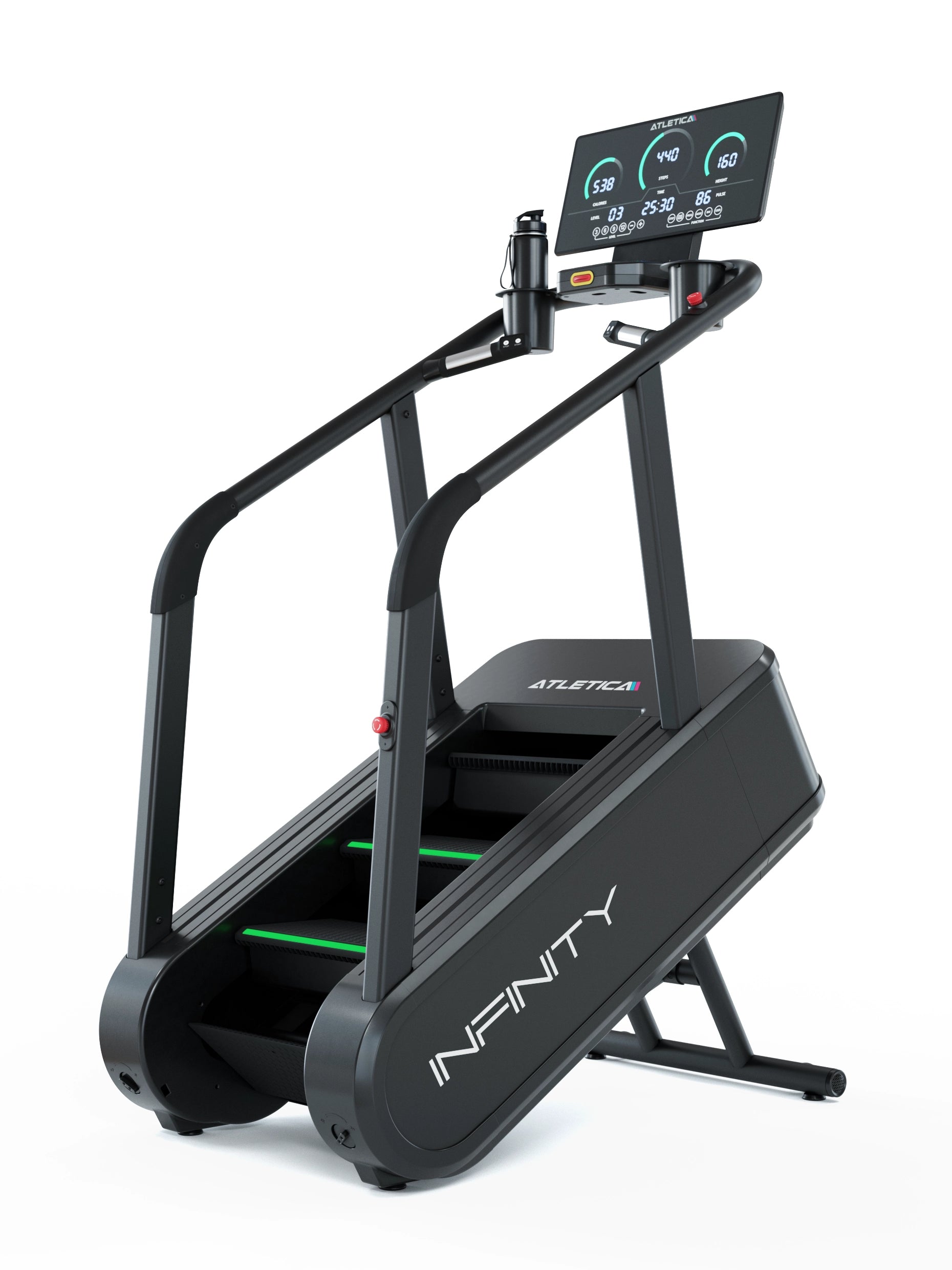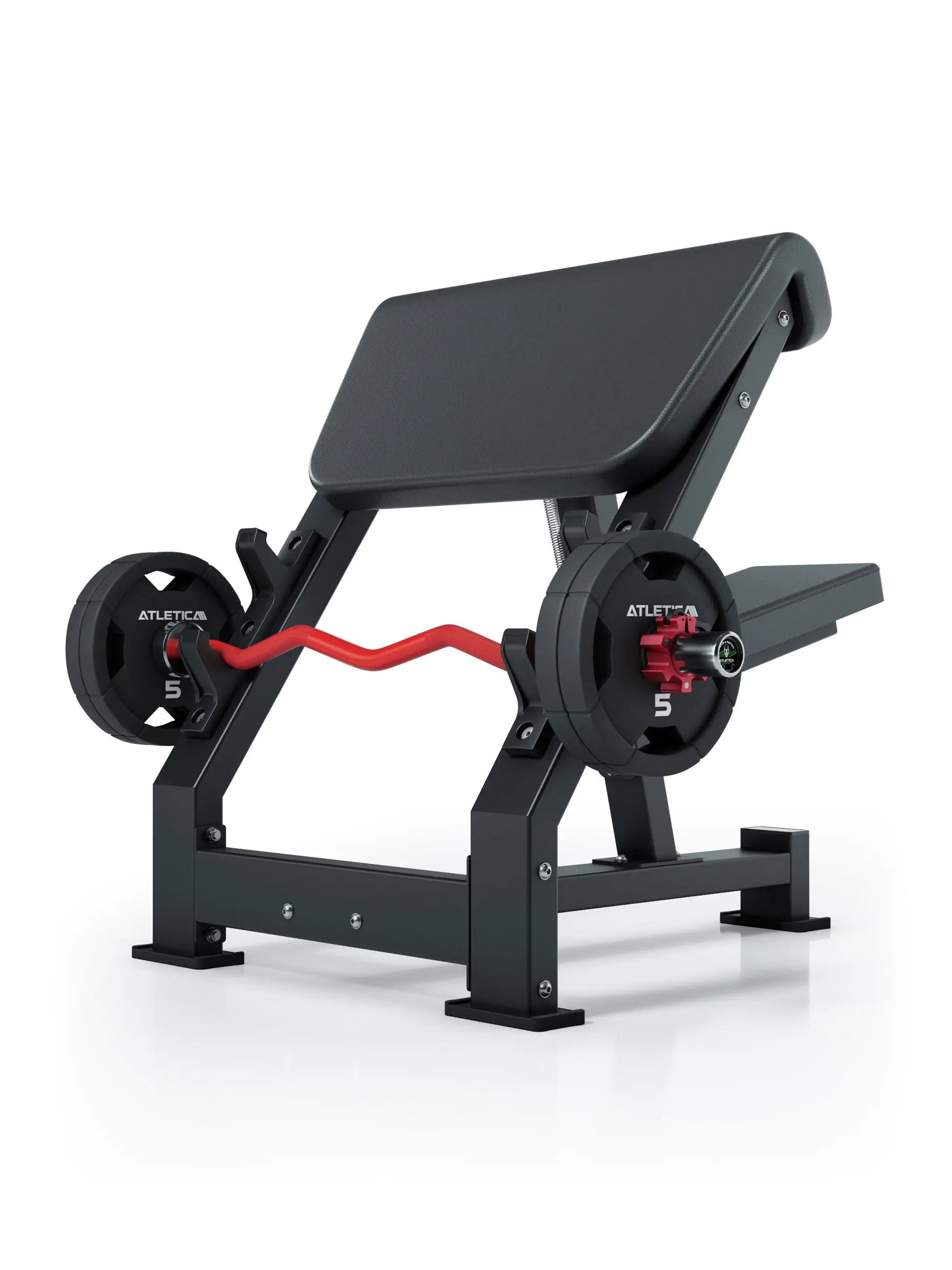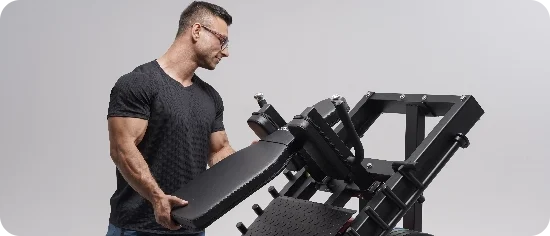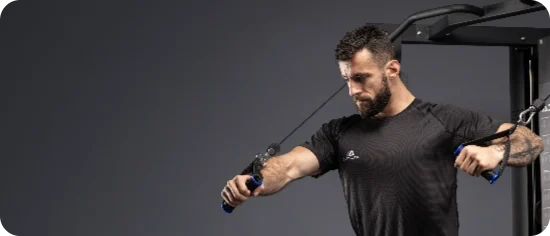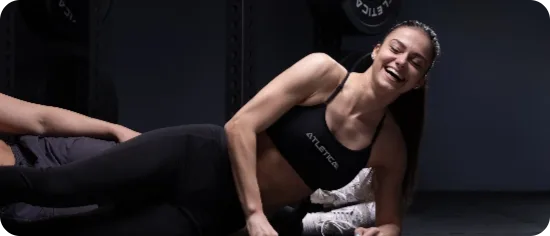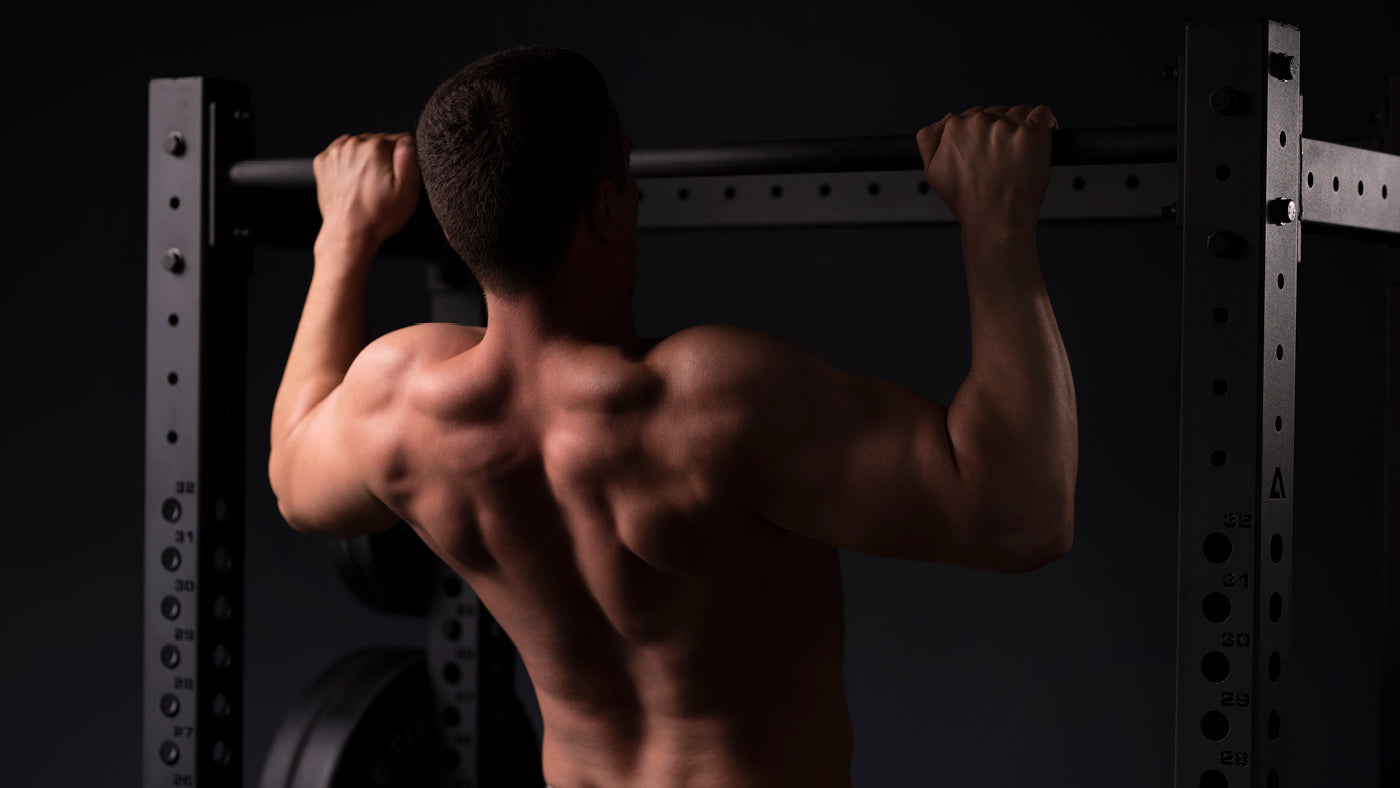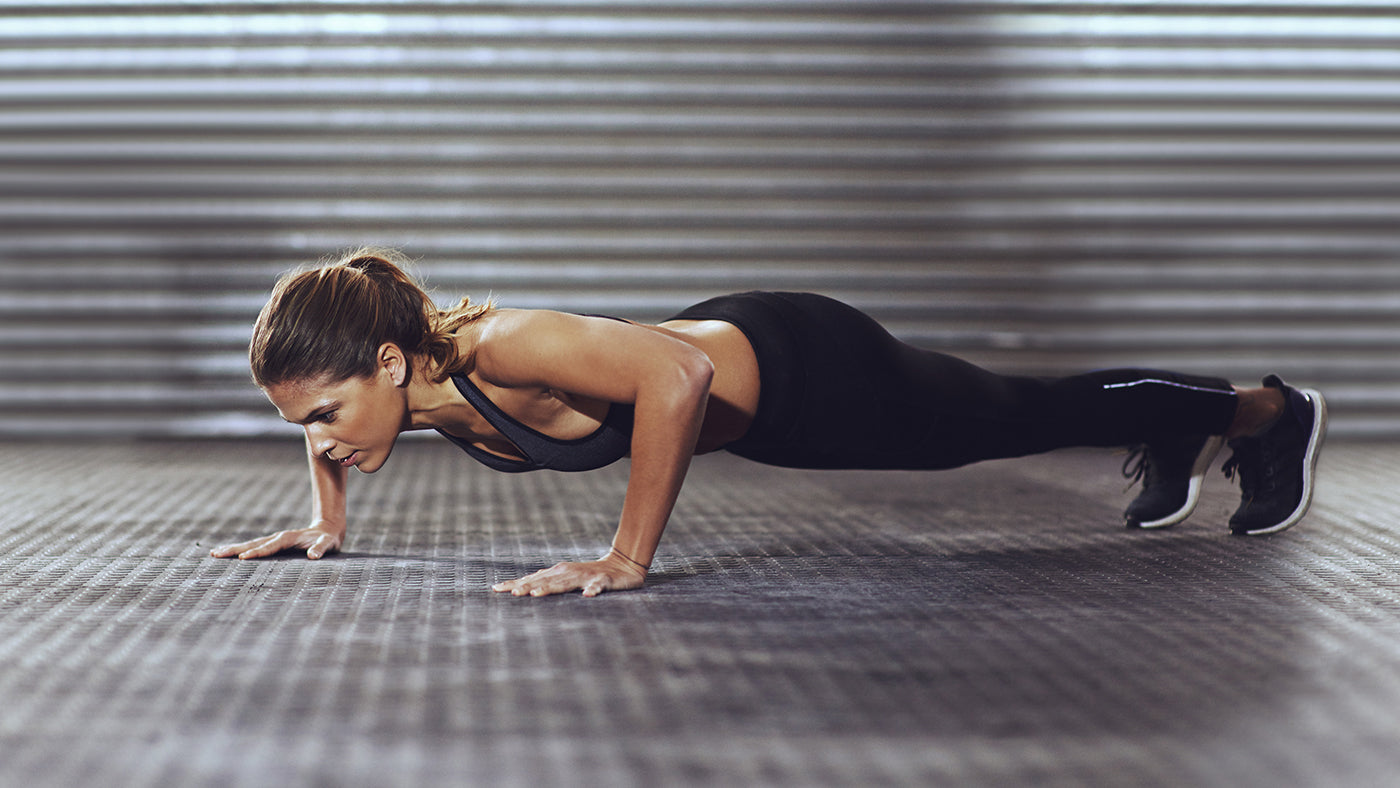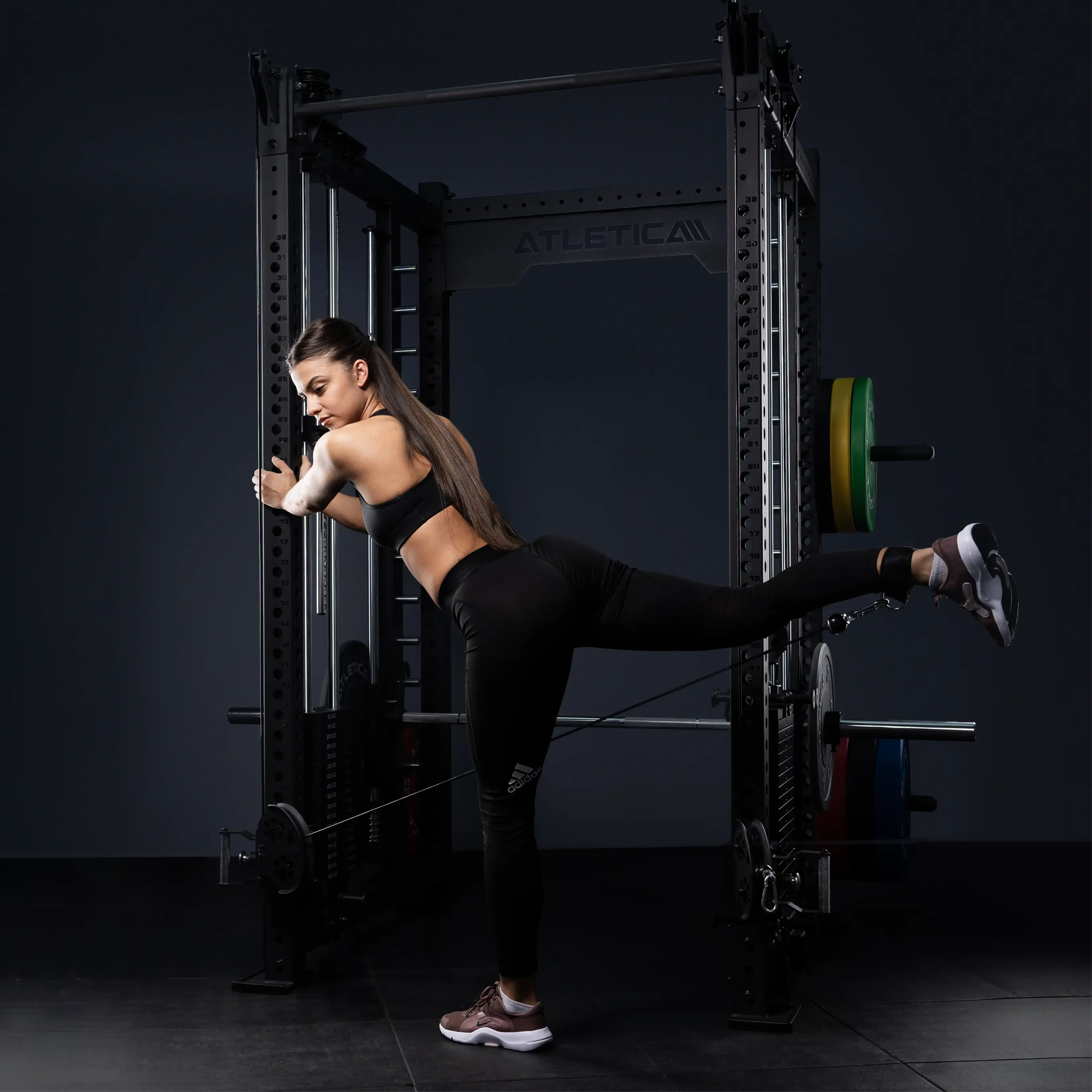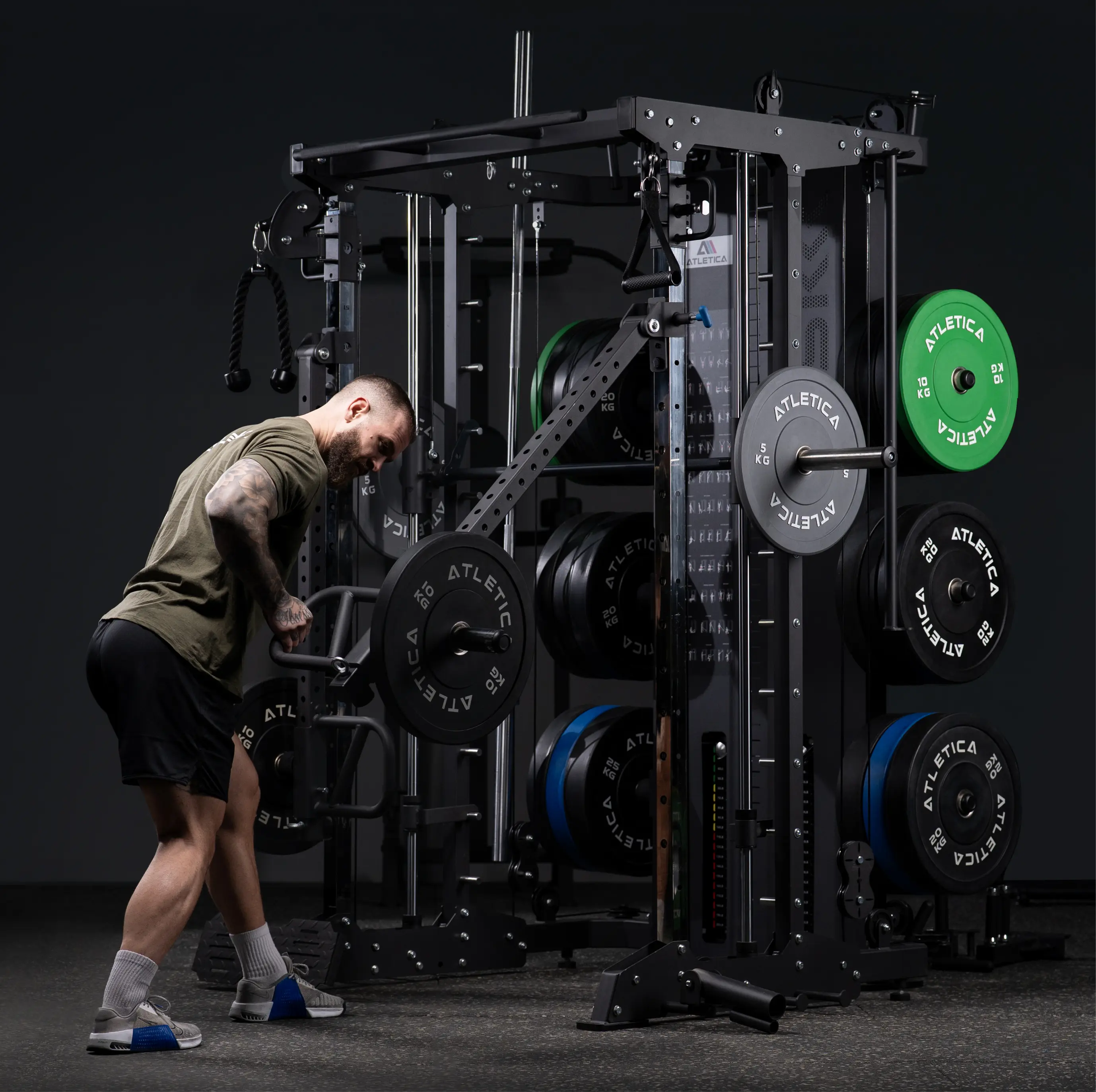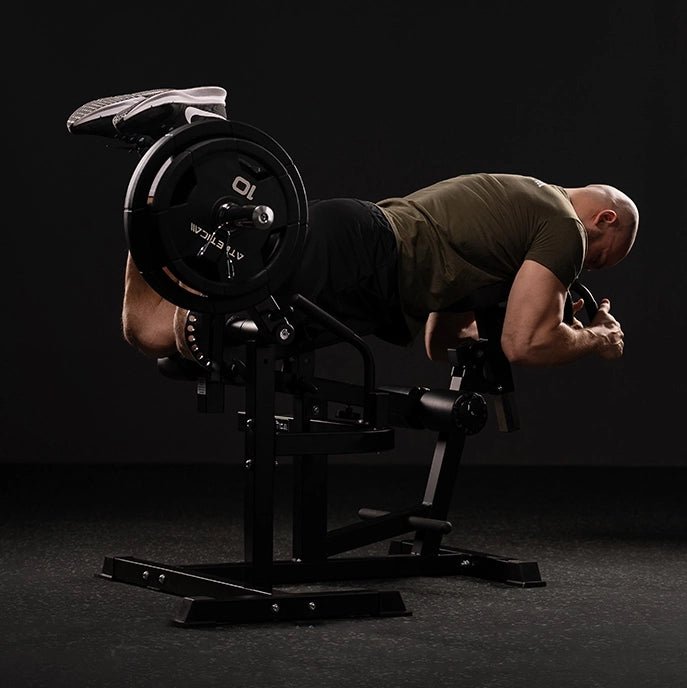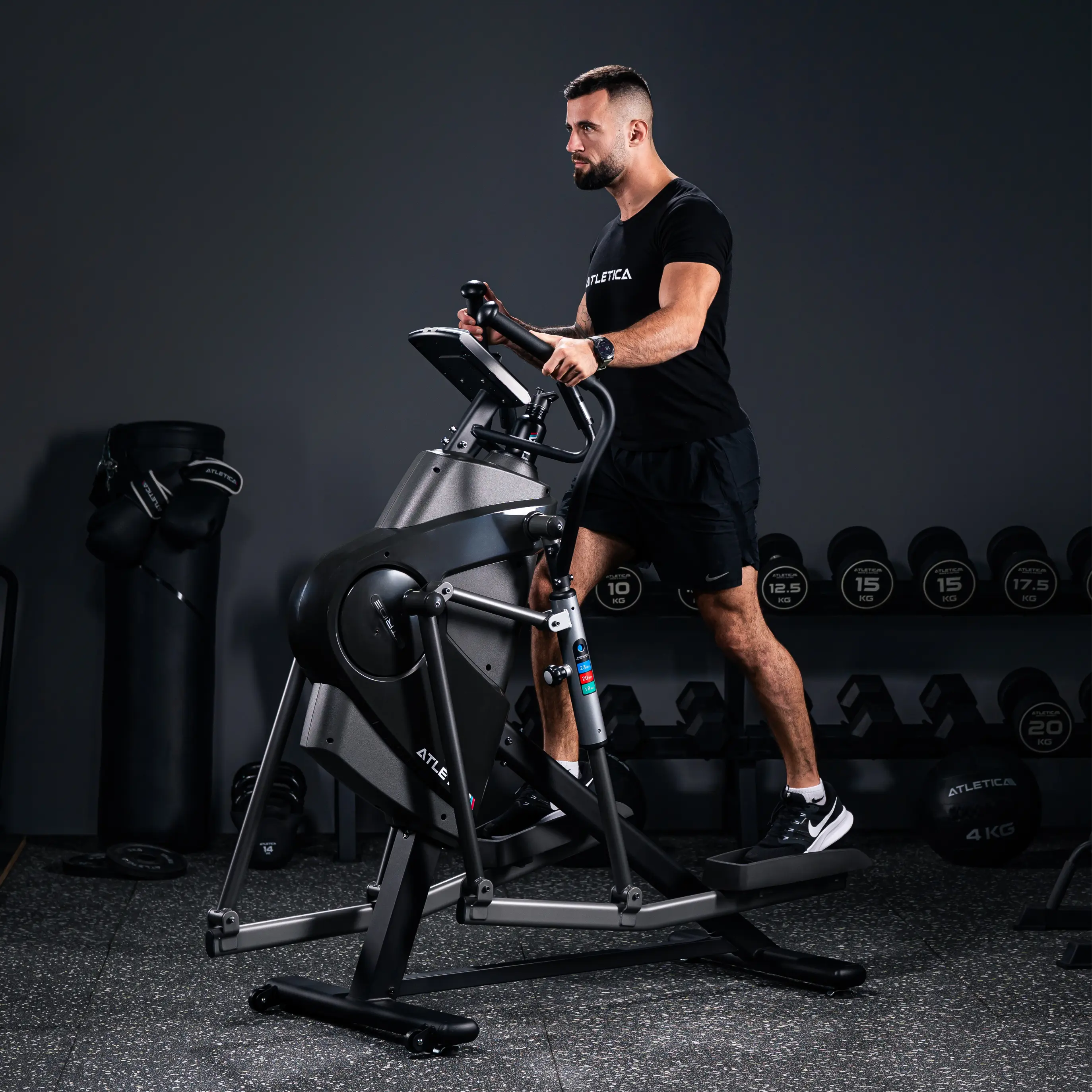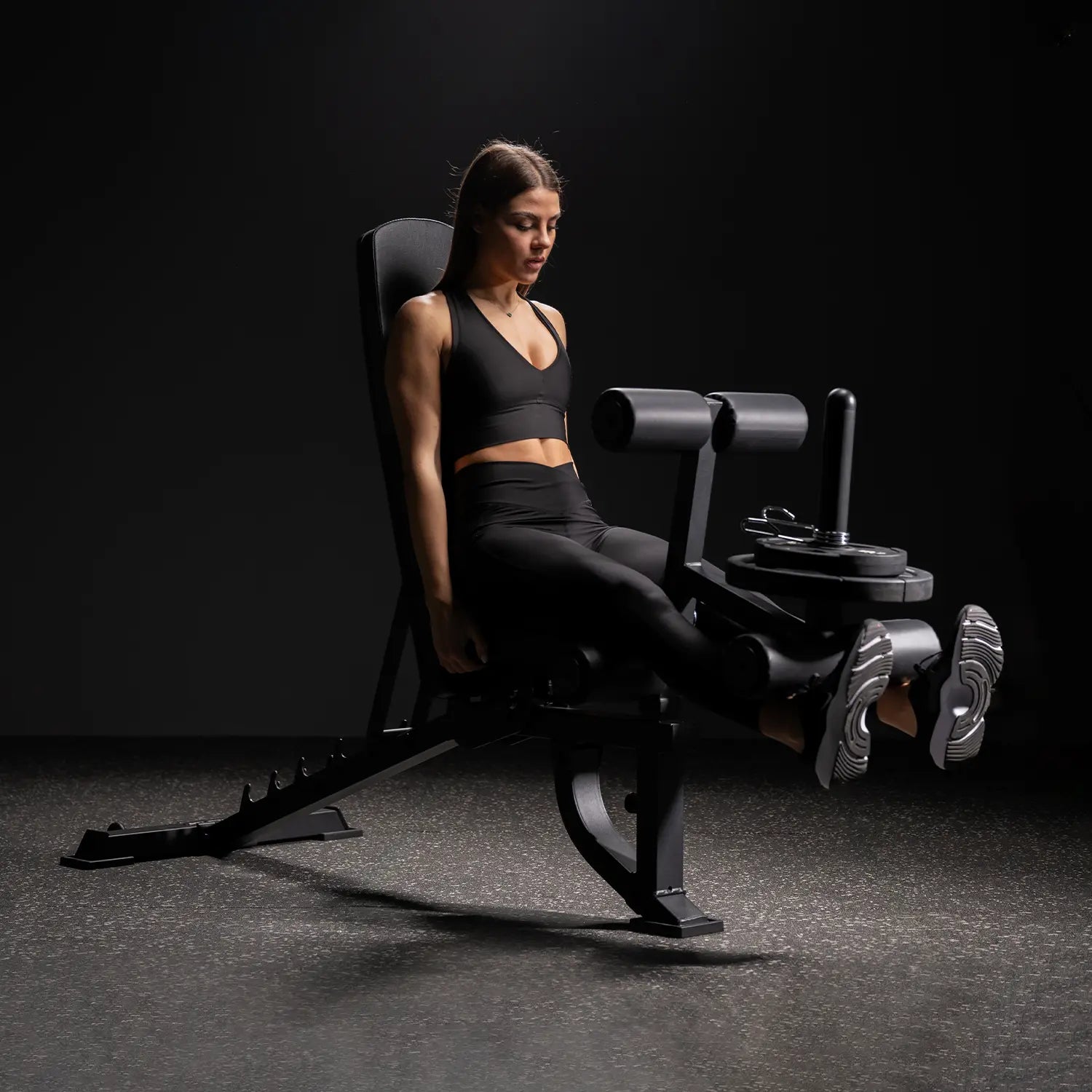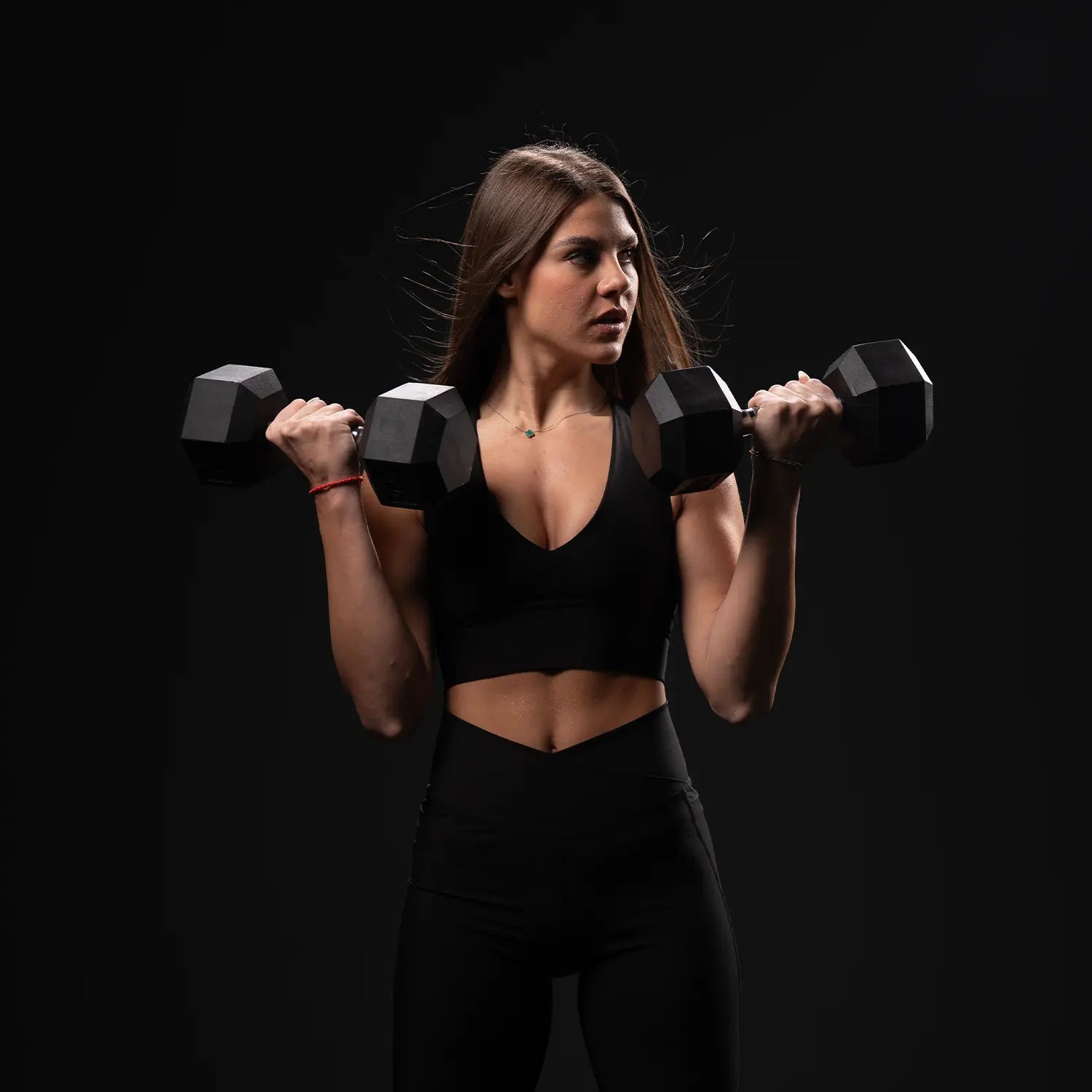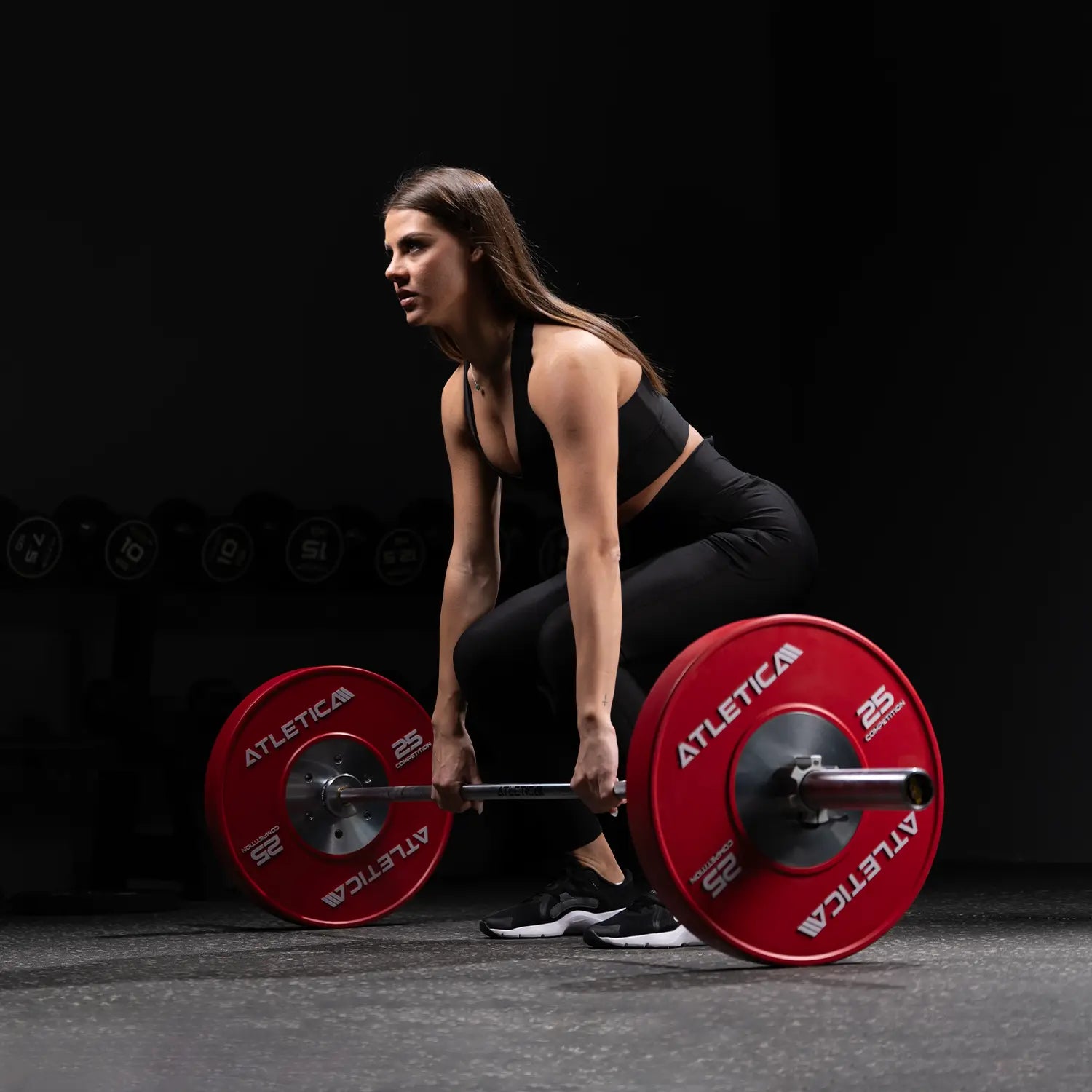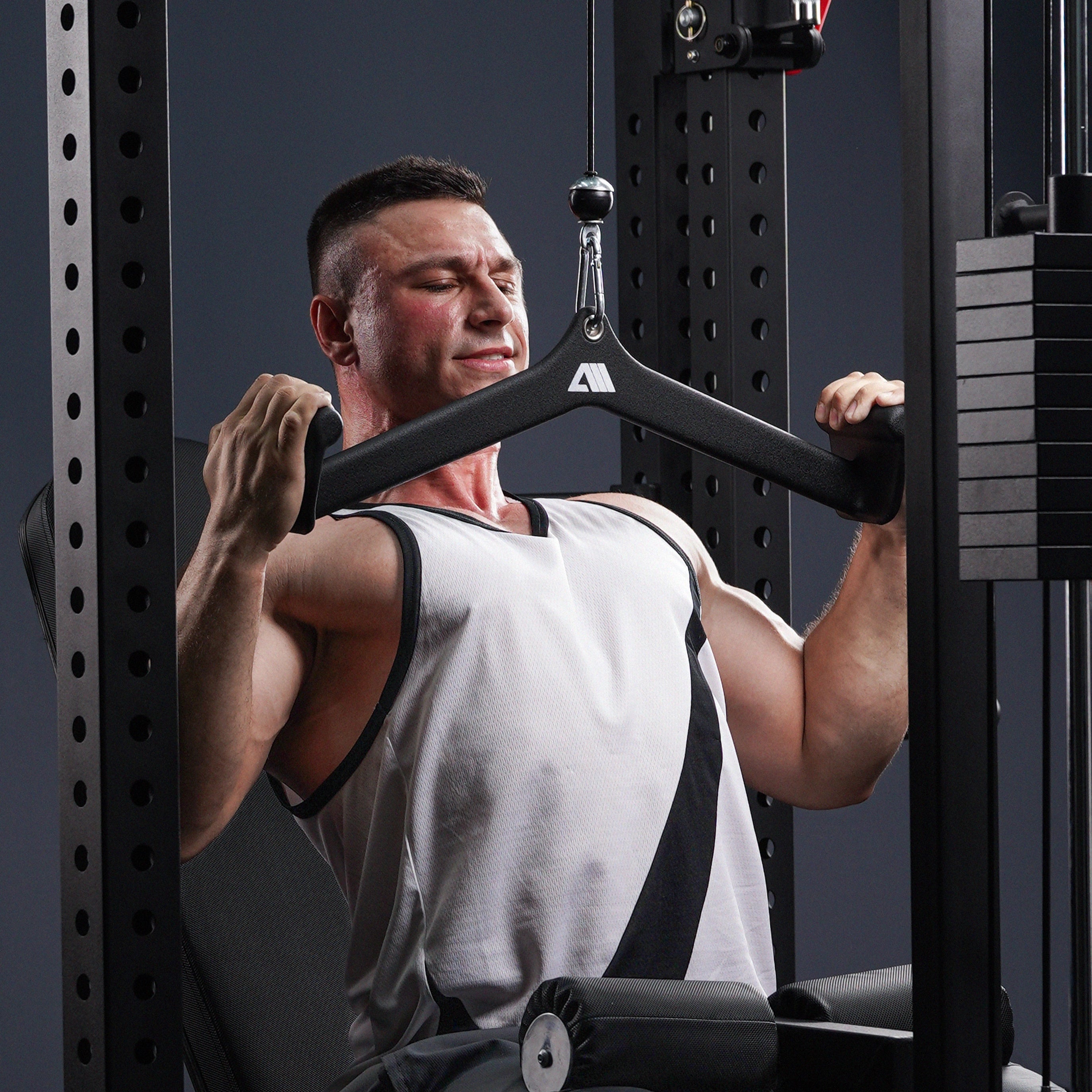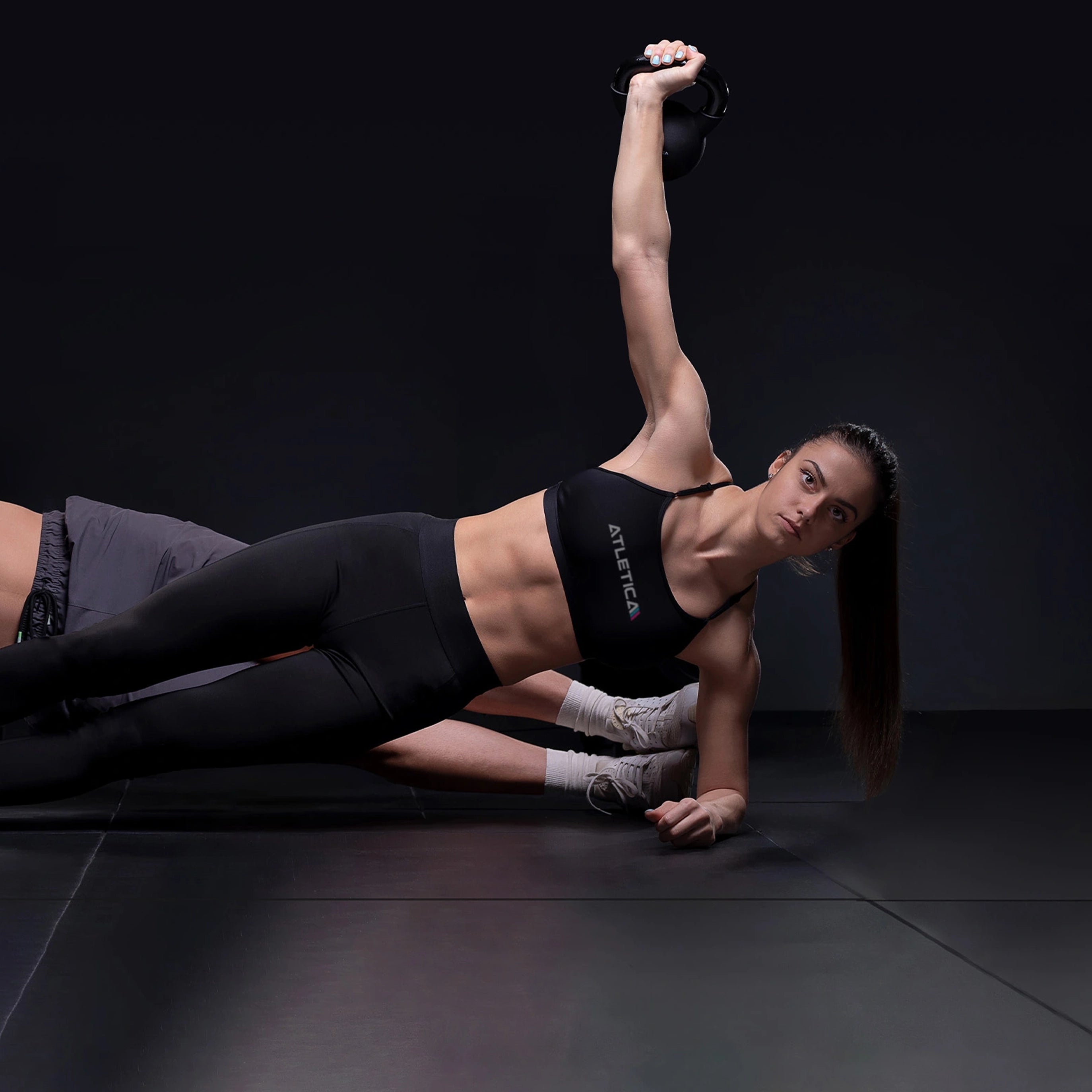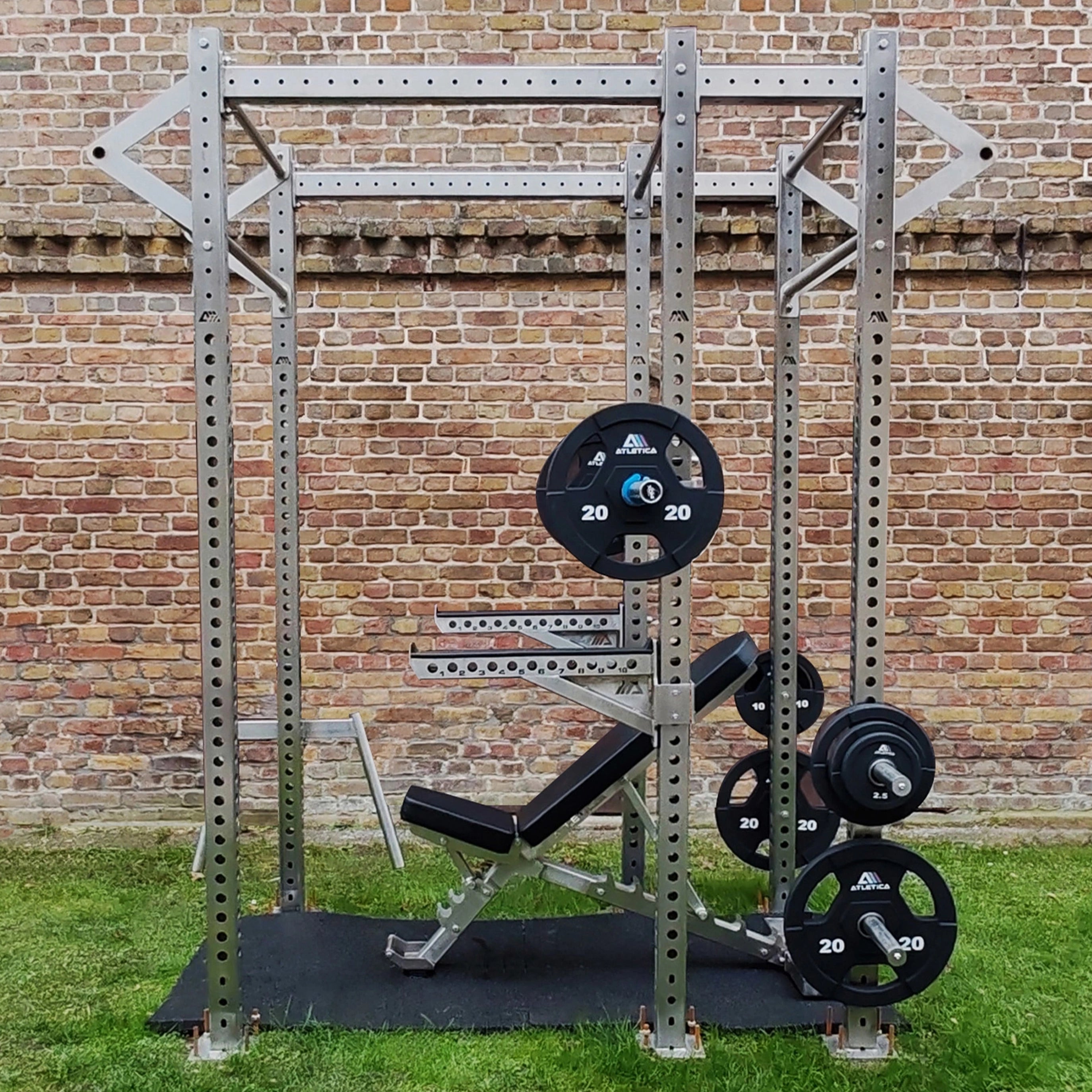The demands on modern living space are increasing. In addition to location, energy efficiency, and smart home technology, one thing is paramount today: quality of life. And that includes exercise. Therefore, more and more developers are integrating home gym solutions directly into residential buildings. Whether as a common room in an apartment building or a private gym in a townhouse – fitness in residential buildings is not a trend, but a tangible USP with growing importance.
In this article, we show why fitness offerings are becoming increasingly important in residential projects, what advantages they offer for developers and residents – and how the right equipment contributes to a professional, long-lasting fitness concept.

Why fitness options in residential complexes are becoming increasingly important
The desire for exercise, health, and an active lifestyle is stronger than ever. At the same time, many people desire greater efficiency in their daily lives. An integrated home gym in residential buildings saves time, travel, and membership fees —making it a real consideration when choosing a home.
The pandemic has also shown that those who can exercise in their own four walls or in their immediate neighborhood remain more active, healthier, and mentally balanced. Project developers who respond to this create measurable added value.
In addition, the world of work is changing rapidly: Working from home has become the norm in many professions. Those who work from home need new incentives to exercise – and are happy to have a fitness option right in their home. This improves quality of life and prevents typical ailments like back pain or lack of exercise.
The most important advantages for project developers
Increased attractiveness of the property : Fitness rooms increase the value of the property – both for owner-occupiers and investors.
- Differentiation from the competition: In a competitive market, innovative features are crucial.
- Long-term value retention: High-quality equipment remains attractive and functional for years.
- Added value without taking up much space: A fully-fledged fitness area can be set up in just 15–30 m².
- Additional sales aspect: When marketing condominiums or rental properties, a home gym is a strong selling point.

What residents particularly appreciate
- In-house training options : No commuting, no opening hours – maximum flexibility .
- Health promotion : Regular exercise strengthens body and mind.
- Social aspect: Communal use promotes neighborhood and exchange.
- Aesthetics and design: Modern fitness equipment blends harmoniously into the interior.
- Independence : Especially in times of limited studio openings, residents remain active.

Which devices are particularly suitable
Not every project has the same requirements. However, the following equipment is suitable for almost every residential fitness concept:
1. Multifunctional power stations
Ideal for small spaces and versatile users, these machines enable safe and effective strength training for all experience levels. Guided movements make them especially beginner-friendly.
2. Cardio machines with quiet technology
Indoor bikes, cushioned treadmills, and magnetic resistance elliptical trainers operate quietly and are ideal for use even in densely populated residential areas. They promote endurance and heart health and can be used even for short training sessions.
3. Dumbbells & dumbbell racks
High-quality dumbbells offer flexibility for a wide variety of training styles: from functional full-body exercises to targeted muscle building. A space-saving dumbbell rack ensures organization and safety.
4. Cable towers & accessories
Cable towers enable joint-friendly, functional training for beginners and advanced users. Complemented by accessories such as training mats, fascia rollers, and resistance bands, they create a comprehensive setup for all training goals.

How to successfully integrate into construction projects
Successful implementation requires more than just equipment. Proper planning is crucial:
- Early consideration in the construction plan: space, electrical connections, flooring and ventilation should be ideally prepared.
- High-quality equipment : Devices must be durable, safe and visually appealing.
- User-friendliness : Clear signage, easy-to-understand operation and, where appropriate, QR codes to instructional videos help with use.
- Safety and maintenance: Regular checks and easy cleaning options are mandatory.
- Accessibility & access system: A secure and barrier-free access concept is particularly important in multi-unit buildings. Digital locking systems with user registration can help here.
Project developers should also consider additional amenities, such as a small room for group fitness, stretching, or yoga. Visual connections to other common areas, such as the gym, should also be considered. B. lounge or garden, can promote the social character.
Marketing advantages for developers & investors
The integration of fitness solutions can also be convincing on a communicative level. Images of a high-quality fitness room appear modern and value-enhancing in exposés , renderings, and project websites. Project developers should strategically incorporate these aspects into their marketing:
- Highlighting as a unique selling point
- Emphasis on the health orientation of the project
- Integration into the overall concept of “urban quality of life “
The topic of exercise and health is also playing an increasing role in the area of ESG (Environmental, Social, and Governance). A home gym can be considered a measure in the area of "S - Social" and contribute to a holistic sustainability strategy.

Conclusion: Fitness in residential construction is the future
Fitness rooms in residential buildings are more than just an extra – they're an expression of modern quality of life. Anyone building or renovating today should consider exercise. With high-quality equipment and thoughtful planning, spaces are created that create real added value – for residents, investors, and developers alike.
Whether in new construction or the renovation of existing properties, fitness in residential construction is here to stay. Investing in exercise today creates long-term benefits for tomorrow.


